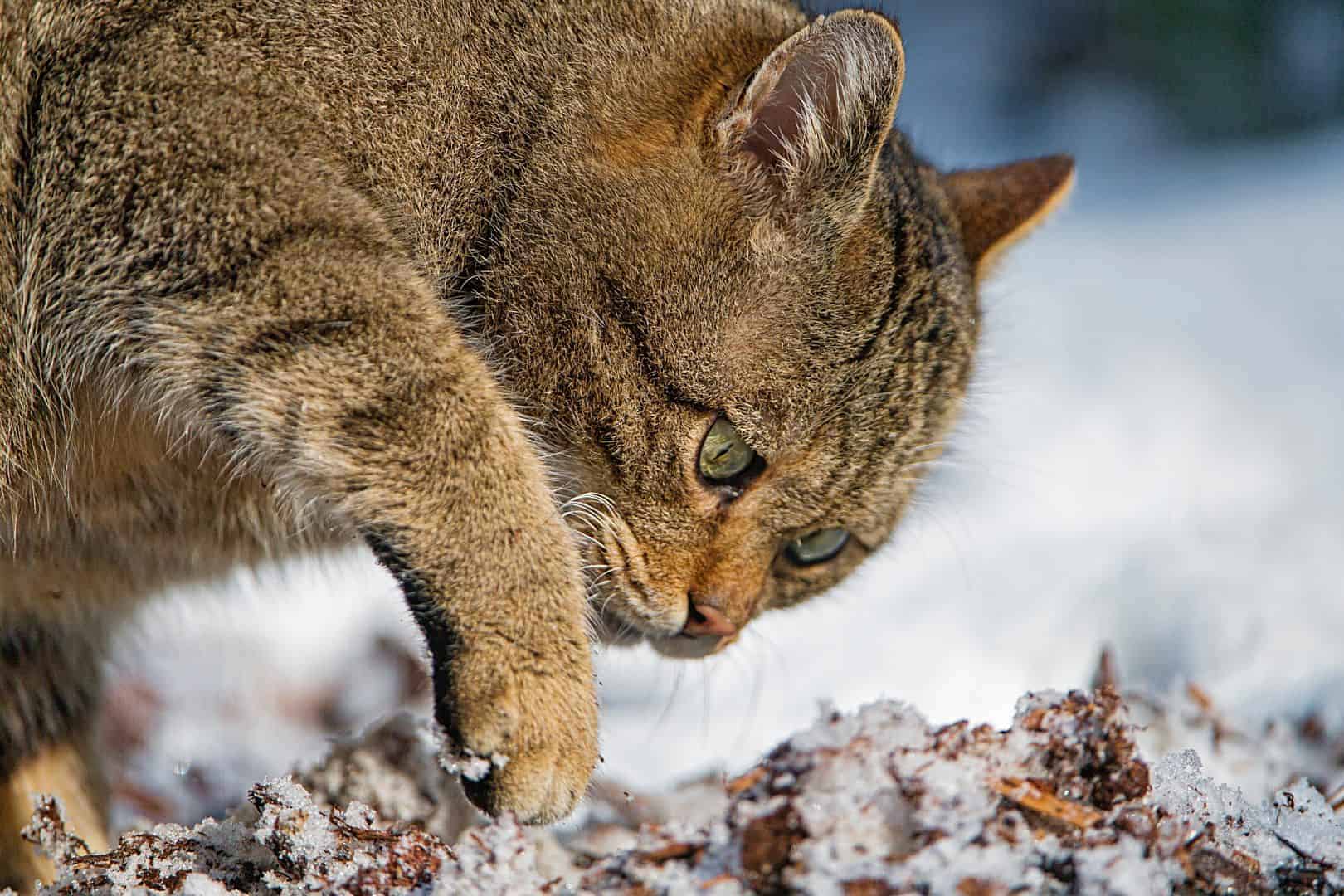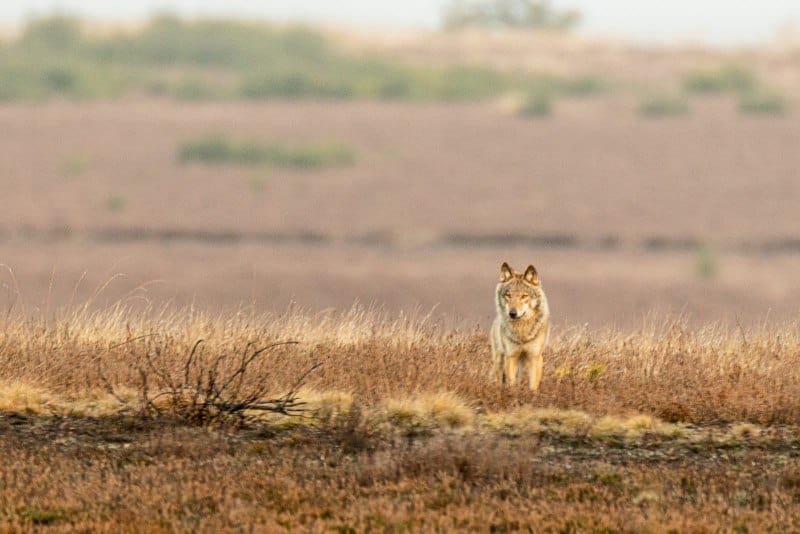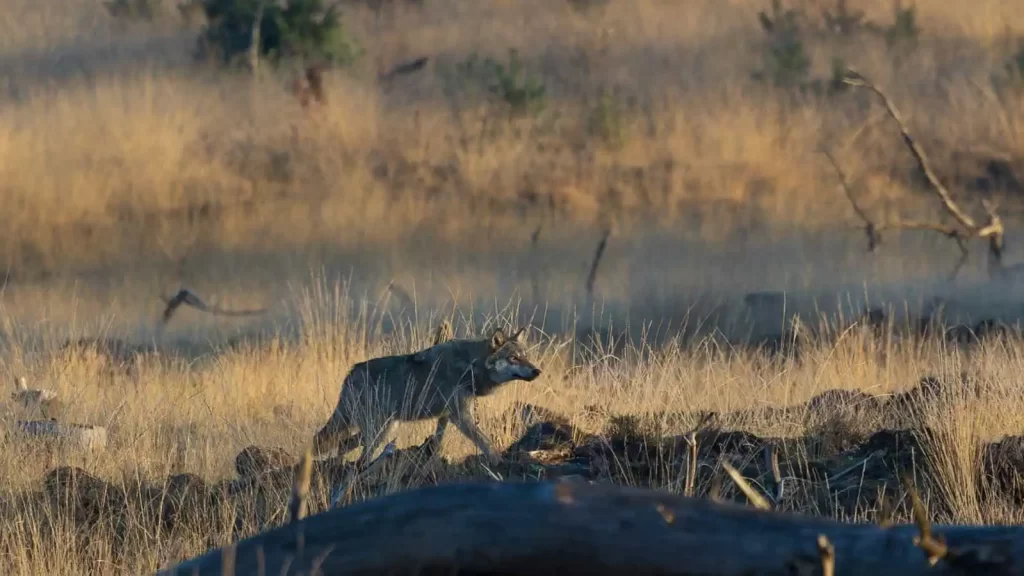Share:
Wildcats threatened by domestic cats in the Jura mountains

Around half a century ago, European wildcats, believed to be extinct in the Jura mountains, began reclaiming their former territory. However, this resurgence in an area inhabited by domestic cats has led to genetic interbreeding between the two species. The mixing of genes between wild and domestic organisms is known to jeopardize the gene pool of wild species. A forthcoming study in the journal Evolutionary Applications, conducted by a team of biologists from the University of Geneva (UNIGE) in collaboration with the University of Zurich and the University of Oxford, delves into the interactions between these two species to predict the future of the wildcat in the mountainous Swiss Jura region.
The various scenarios modeled by the scientists suggest that within a relatively short timeframe of 200 to 300 years in evolutionary terms, hybridization will result in the irreversible genetic assimilation of wildcats. This would make them indistinguishable from their domestic counterparts, mirroring situations already observed in Scotland and Hungary.
Once abundant, the European wildcat (Felis silvestris), also known as the forest cat, faced extensive hunting in the 19th and 20th centuries, coupled with significant deforestation that eroded its natural habitat, causing it to vanish from parts of Europe. In Switzerland, the wildcat was nearly declared extinct, with no sightings for 25 years between 1943 and 1968. Thanks to federal protections established in 1962, the wildcat began to repopulate the forests and meadows of the Jura range, coexisting with domestic cats (Felis catus).
While they are typically considered distinct species, or even subspecies by some, wildcats and domestic cats can mate and produce fertile hybrid offspring with genomes containing elements of both species. This hybridization poses a new threat to the wildcat as it leads to gene transfers through genetic introgression. This mechanism could quickly disseminate domestic cat genes throughout the genome of the rarer wildcat, possibly leading to its extinction.
Scientists from UNIGE and the University of Zurich have previously demonstrated that wildcat genes are more extensively introgressed by domestic cat genes than the reverse. The demographic and territorial expansion of wildcats over the last half-century was identified as the primary cause of these introgressions, aligning with field observations. Bioinformatic simulation models that incorporate ecological and genetic factors suggested that about 5-10% of interactions between wild and domestic cats produce hybrid kittens. Following these findings, the computer model was further refined to project and assess the urgency of conservation efforts.
The model in the new study considers variable factors such as hybridization rates, competition for resources, and population sizes. Irrespective of the scenario, it predicts a significant introgression of domestic cat genes into the wildcat genome. Mathias Currat, a senior researcher at UNIGE, warns that this introgression remains high even when considering favorable conditions for wildcats, such as increased population sizes or a competitive edge over domestic cats in shared regions. Juan Montoya-Burgos, a co-author of the study, emphasizes that only the cessation of crossbreeding between the two species can save the wildcat from ultimate genetic replacement and extinction.
Hence, despite recent positive signs of their resurgence, the wildcat remains critically endangered. The dynamic model proposed in the UNIGE study combines demographic and spatial growth patterns of wildcat populations to forecast their future. According to various scenarios, wildcats could become indistinguishable from domestic cats in as little as 200 to 300 years, a situation already observed in Scotland and Hungary. Given the small size of the wildcat population, consisting of just a few hundred individuals, compared to over one million domestic cats in Switzerland, hybridization has a disproportionately greater impact on wildcats.
The study authors propose initiatives to significantly reduce hybridization opportunities on the fringes of wildcat territories. Strategies like sterilizing domestic cats living near farms or forests are among the suggested interventions. Female domestic cats, in particular, should be the primary focus since they are more likely to mate with male wildcats than the reverse. Taking proactive measures is not only likely to be less costly financially but also environmentally. Remaining passive could result in an irreversible threat to wildcats in the Jura region, cautions Juan Montoya-Burgos.
Source: Université de Genève
Photo: European wildcat (credits: Tambako, (CC BY-ND 2.0))






